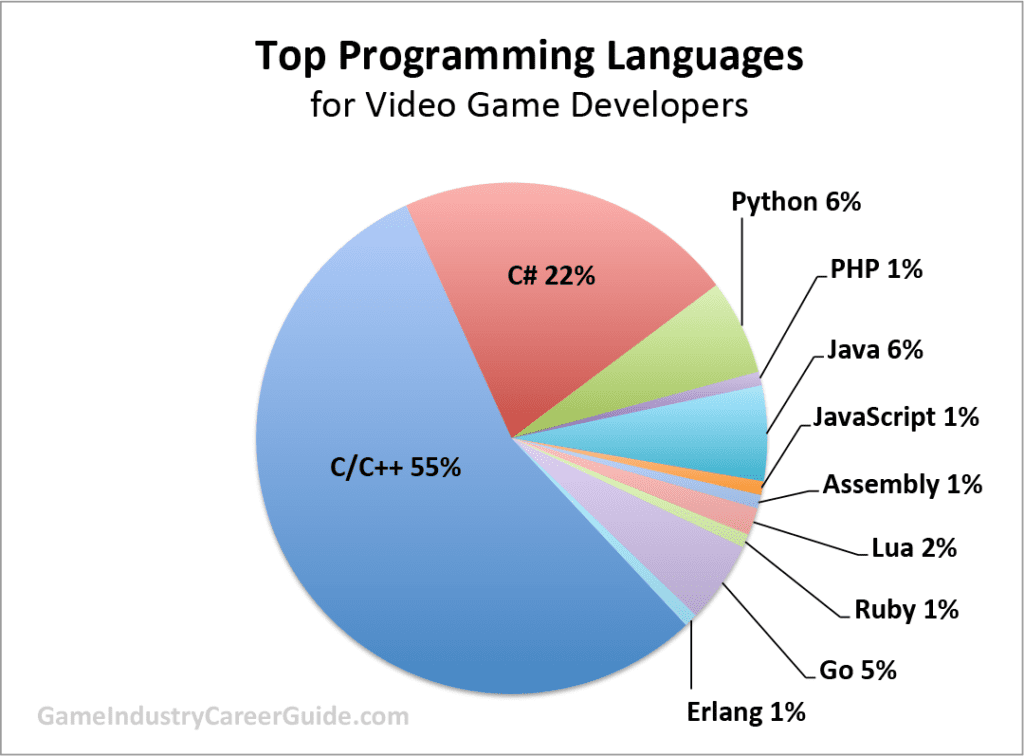Programming is a vital aspect of game development that enables game designers to transform their ideas into functioning games that can be enjoyed by players worldwide. This article explores the programming languages involved in game development, including C++, Java, C#, Python, and OpenGL, and how programmers use these languages to bring designers’ concepts to life. The article outlines the various stages of game development, from planning to testing and deployment, and how programming plays a crucial role in each stage. Additionally, the article highlights popular game engines like the Unity engine, which is written in C#.
From Start to Finish: The Programming Languages Involved in Game Development
Game development is an intricate process that involves more than just design and creativity. Behind every successful game is a team of programmers who work tirelessly to bring the game to life. Programming is an essential aspect of game development as it enables designers to turn their ideas into a functioning game that can be played and enjoyed by gamers worldwide.
This article will explore the programming languages involved in game development and how they play crucial roles in the creation of video games, from start to finish.
Step 1: Planning and Design
Before any coding can begin, game developers must first plan and design their game concept. This step involves creating a game concept, deciding on characters, storyline, and levels. At this stage, programming languages may not be used heavily. However, designers use game engines that are written in programming languages to ensure their ideas are functional.
Unity Engine
The Unity engine is widely used in game development, and it is written in C#. This game engine provides developers with tools that enable them to bring their game ideas to life. The engine supports 2D and 3D graphics, physics simulations, and animations. It comes with a robust visual editor that allows developers to create complex game environments quickly. Unity is compatible with several platforms, including Windows, Mac, Linux, Android, and iOS.
Step 2: Programming the Game Mechanics
Once the planning and design phase is complete, developers can begin programming the game mechanics. This involves creating the rules that govern how the game behaves. This stage is critical as it can determine whether the game will be successful or not.
C++
C++ is a popular programming language used widely in game development. It is an object-oriented language that offers low-level memory manipulation, making it ideal for creating games. C++ is known for its fast execution times, which is essential in game development. Developers use C++ to create high-performance game mechanics that run smoothly on all platforms.
Java
Java is another language widely used in game development. It is an object-oriented language that is easy to learn and use. It offers a vast range of libraries and APIs that make it easy for developers to create complex games. The language is platform-independent, making it ideal for developing games that can be played on multiple platforms.
C#
C# is a modern object-oriented programming language developed by Microsoft. It is widely used in game development, and it is the language used to develop the Unity engine. C# offers a robust set of libraries and APIs that make it easy for developers to create game mechanics quickly. It is known for its clean syntax, making it easy for developers to understand and use.
Step 3: Graphics and Gameplay Mechanics
Once the game mechanics are in place, the next step is to create the game’s graphics and animations. This is where programming languages play a significant role in game development.
OpenGL
OpenGL is a cross-platform API used to develop graphics in games. It offers low-level access to a computer’s graphics hardware, enabling developers to create complex 3D graphics. OpenGL is widely used in game development, and it is compatible with several programming languages, including C++, Java, and Python.
C#
C# can also be used in creating graphics and animations. The Unity engine is written in C#, and it offers a robust set of tools that make it easy for developers to create graphics and animations.
Step 4: Testing and Deployment
The final stage in game development is testing and deployment. This involves testing the game to ensure that it is free of bugs and glitches before releasing it to the public.
Python
Python is widely used in testing games. It is a high-level programming language that is easy to learn and use. Python offers several testing frameworks, making it ideal for testing complex games.
C++
C++ is also used in testing games. It offers low-level memory manipulation, making it ideal for creating test frameworks for complex games.
Conclusion
Game development is a collaborative effort that involves designers, programmers, and testers. The process starts with planning and design, followed by programming the game mechanics, creating graphics and animations, and testing and deployment. Programming languages play a vital role in game development, and they include C++, Java, C#, Python, and OpenGL. Programmers use these languages to bring the game designers’ ideas to life, creating games that can be enjoyed by gamers worldwide.
